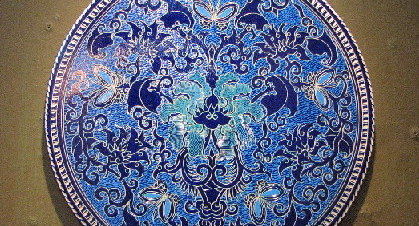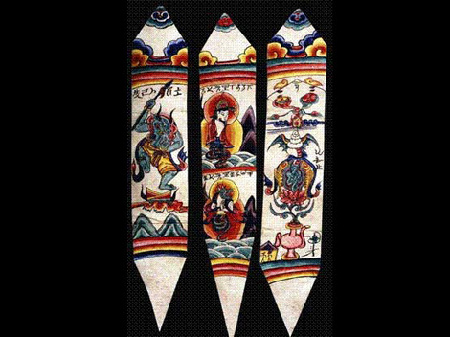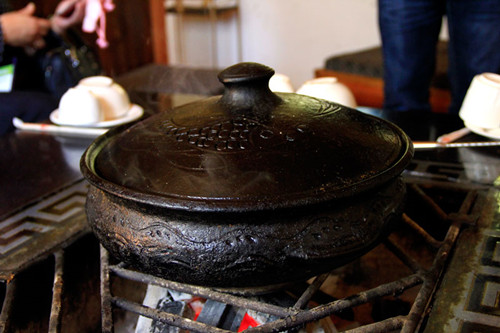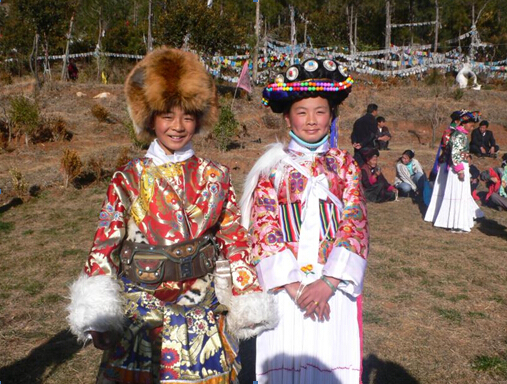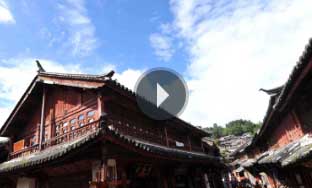Naxi ancient music
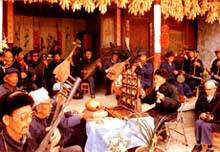
The Naxi are an ethnic group inhabiting the foothills of the Himalayas in the northwestern and southwestern parts of Southwest China's Yunnan andSichuan provinces respectively. Both the ancient tea-horse road and theSilk Roadran their ways through the area, leaving behind a cultural mix of Han and Tibetan characteristics.
The heavenly atmosphere of the Naxi area fosters in its residents artistic qualities and a poetic mindset. Along with innate talents for poetry,calligraphy, and painting, the people of the region seem to be born with a gift for music.
Naxi ancient music is believed to have its roots in Xian ancient music. However, Naxi ancient music, with its mixture of literary lyrics, poetic topics, and musical styles from the Tang (618-907) and Song dynasties (960-1279), as well as some Tibetan influences, has developed its unique style.
Interestingly, the music from Central China has been well preserved in Naxi ancient music as a result of the Naxi's geographical isolation, while the music directly from Central China was lost, as the inland was transformed many times during China's changing history. As a result, Naxi music boasts itself as a "living fossil of music."
It can be performed in two ways - sitting or walking. Seated performances are a kind of chamber music that involves more than 20musical instruments, including wind instruments, such as thedi zi,sheng(a kind of reed pipe wind instrument), andguan zi, and percussion instruments, such as thezuo gu(sitting drum),war drum,du gu(single drum), big and small cymbals, big gongs, a slit drum, and so on.
Naxi ancient music represents the crystallization of several musical cultures, including "baisha fine music" (baisha xiyue), "dong jingmusic," and the now-extinct "huang jingmusic."

